Are the Cotswolds Turning Into the Hamptons?

The Cotswolds is a land of contradictions, a “Clarkson’s Farm” mix of city slickers, pig and cattle farmers, and shops selling the local Double Gloucester, organic filet steak, and heritage tomato and chili jam consumed in glossy “Marie Antoinette” show kitchens.
Mornings are a choice between wild swimming in the neighbor’s pond or a wellness experience at the new Bamford club, while Sunday dinner could be either at the local 16th century pub or at Hiro, the Japanese restaurant at Bull — A Coaching Inn, which is owned and run by the PR maven and film producer Matthew Freud.
More from WWD
Dior Hosts Dinner in Celebration of Judy Chicago's New Show in London
London Label The Vampire's Wife Shuts Due to Difficult Market
Emilia Wickstead Launches Vacation Wear Collaboration for a Dolce Vita Lifestyle
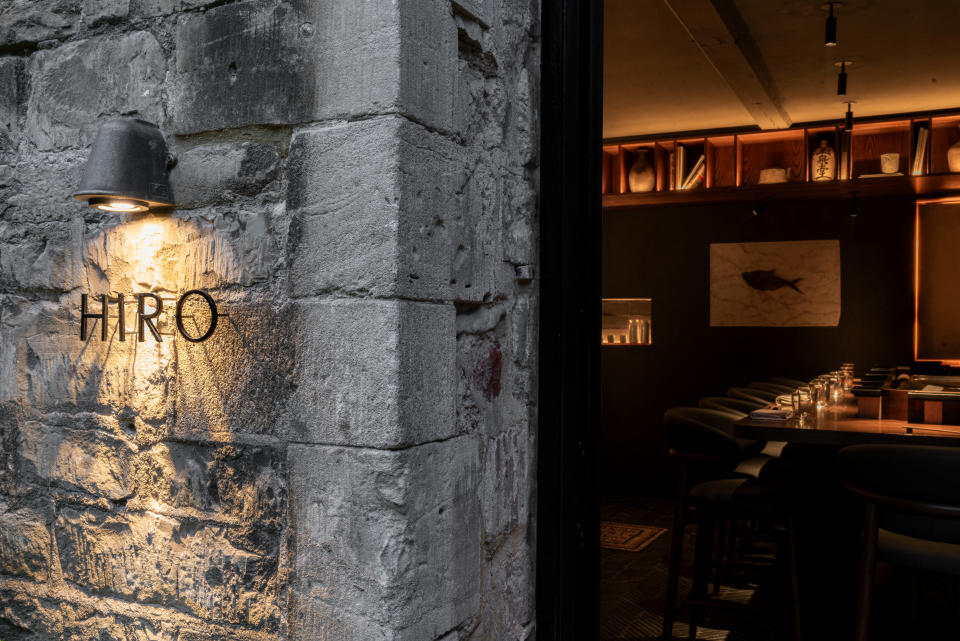
Locals are witnessing the real-time transformation of their beloved Cotswolds with a mix of amusement, horror — and indulgence.
The area, with its green and golden sweep of hills, medieval churches, limestone cottages and hefty Lion sheep, has always been wealthy thanks to the wool trade. The small Cotswold villages, with their winding lanes and centuries-old pubs, have served as idyllic weekend getaway spots for celebrities, socialites and monied bohemians for decades.
But the new, new, nouveau riche — the tech, media, and industrial tycoons — are taking things to a new level.
They’re rolling into the neighborhood in Range Rover Sports, Porsche 4x4s, and Bentaygas, sharing road space with tractors, and taking over the farms, golden-hued stately homes, and multimillion-pound cottages in search of the rural life with postcard charm.
As the novelist Plum Sykes puts it, they’re looking for “Beatrix Potter, without the mud.” Who can blame them? The Cotswolds is one of England’s few designated areas of Outstanding Natural Beauty. It’s hard not to fall in love.
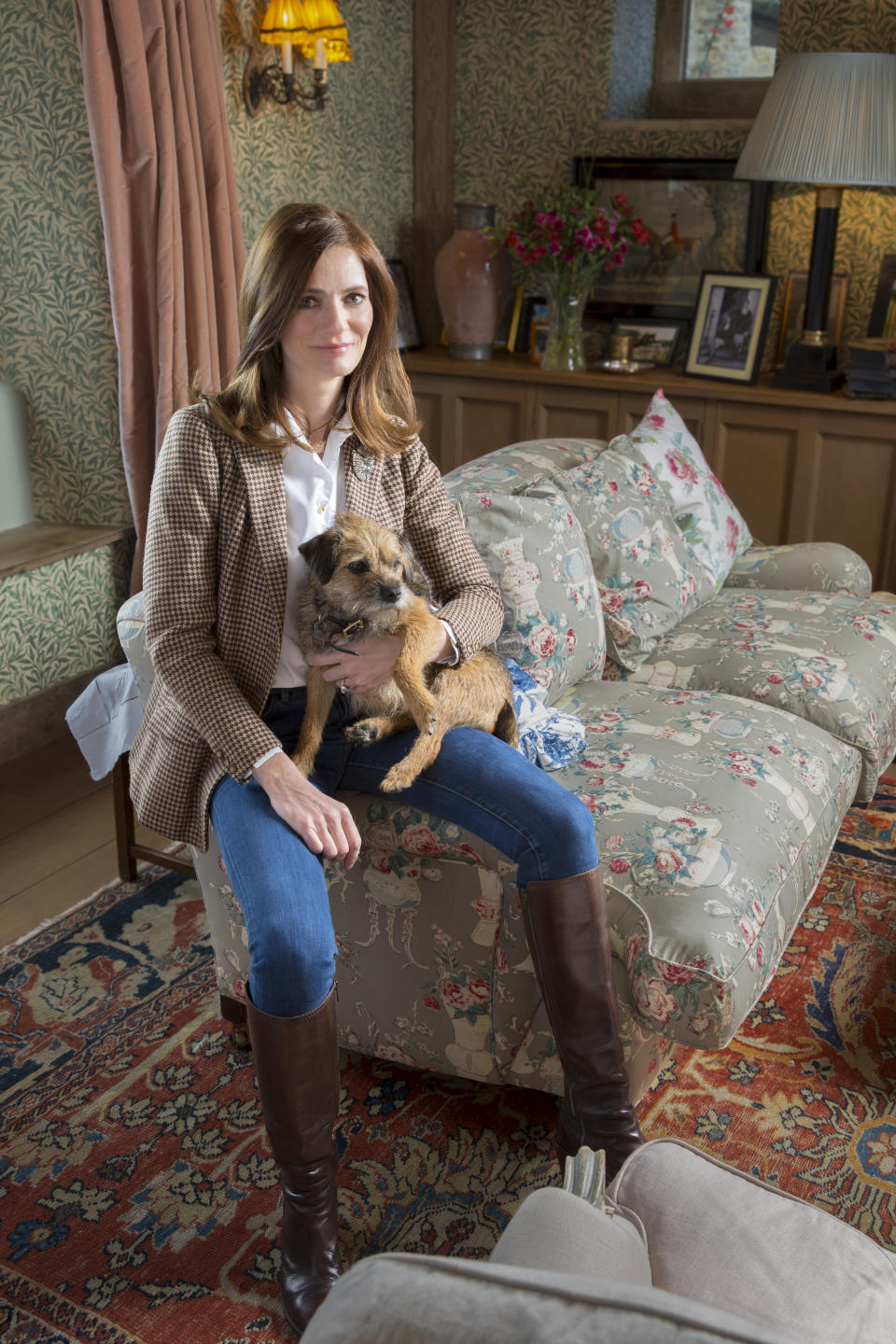
Sykes, who’s lived on the farther, Gloucestershire side of the Cotswolds for more than a decade, has satirized these latest nouveau riche arrivals in her new book “Wives Like Us,” (Harper Collins), which echoes with P.G. Wodehouse and Evelyn Waugh-style humor.
Until recently it was mostly the English who flocked to the area for weekends and holidays. The Oxfordshire side of the Cotswolds is a 90-minute drive from London, and slightly closer for those who live in multimillion-pound neighborhoods like Holland Park, Westbourne Grove, and Notting Hill.
Residents of the area, which is bound by Straford-upon-Avon in the north, Bath in the south, Gloucester in the west and Oxford in the east, include Jeremy Clarkson, whose Amazon TV series revolves around the mishaps on his Cotswold farm, in true city mouse/country mouse fashion.
David and Victoria Beckham have a home near Soho Farmhouse, which was part of an early wave of urban-style hospitality. Stella McCartney, Elizabeth Hurley, Kate Moss, Kate Winslet, Simon and Yasmin Le Bon, and Blur bassist-turned-cheesemaker Alex James also have homes there.
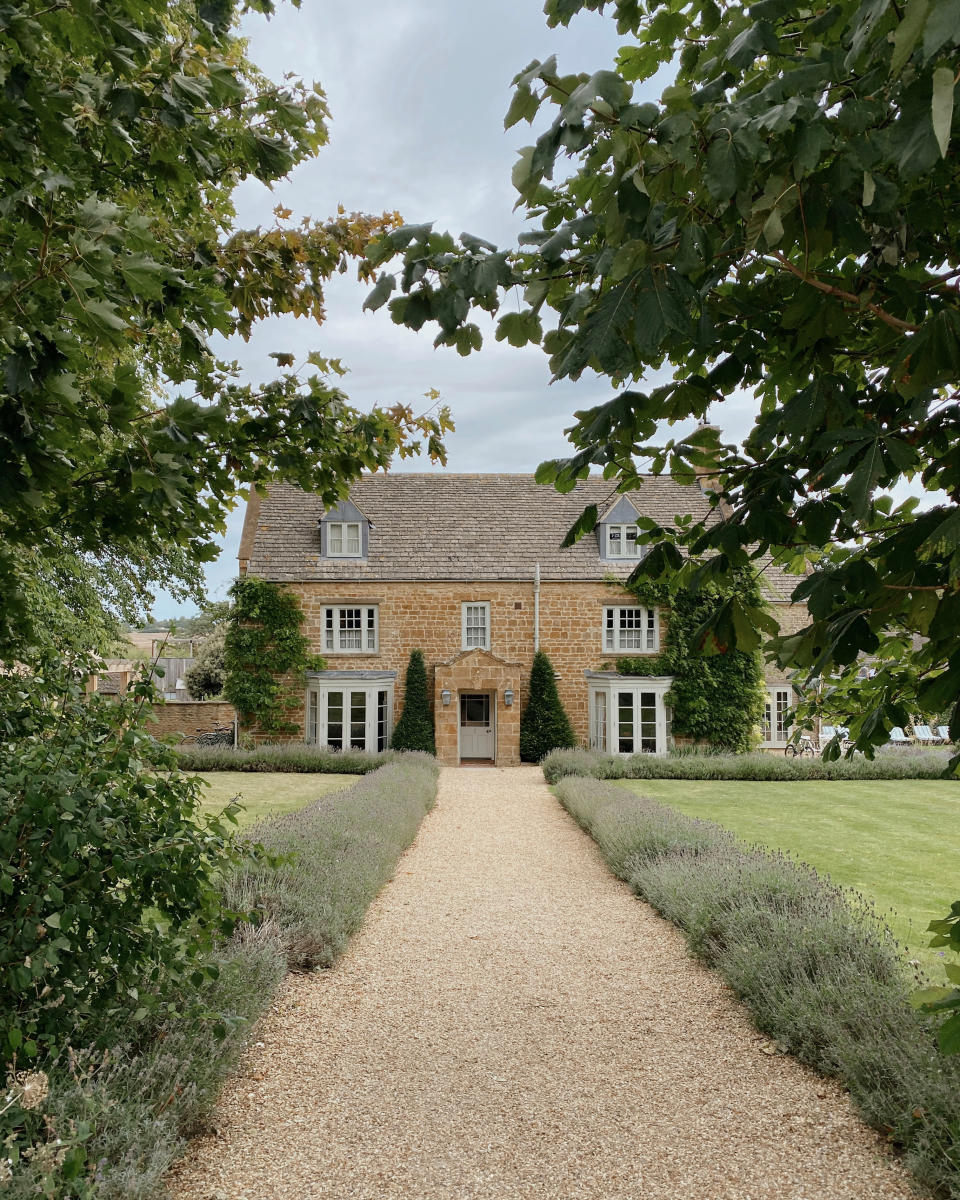
They’re part of a long line of creatives who’ve fallen for the Cotswolds, foremost of whom was the Arts & Crafts giant William Morris, whose summer home was at Kelmscott Manor, an Oxfordshire farmhouse, built around 1600.
Morris took over the lease with Dante Gabriel Rossetti, and couldn’t get enough of the house, or its lush surroundings. It still showcases work by Morris and his peers, including furniture, original textiles, pictures, carpets, ceramics and metalwork.
Fashion designers have also made the Cotswolds their home over the years.
The late Sir Hardy Amies, couturier to Queen Elizabeth II, spent his weekends and summers in a former schoolhouse-turned-cottage, behind which was his beloved garden filled with rare roses. He virtually made the village of Langford his own, buying even more land for a bigger rose garden and a tennis court.
It’s not just arty types who love the area.
Former British Prime Minister and now Foreign Minister David Cameron loves his Cotswolds home so much that when he joined the House of Lords he chose the name Lord Cameron of Chipping Norton, after the fashionable little town where he lives with his family.
Cameron wasn’t the first world leader to fall for the charms of the Cotswolds: King Charles has a house and organic gardens at Highgrove, near Tetbury, closer to Bath, while his sister Princess Anne is just a 15-minute drive away at Gatcombe Park.
While the actual royals might have homes there, some would say the real queen of the Cotswolds is Carole Bamford, who has built a lifestyle empire in Moreton-in-Marsh.
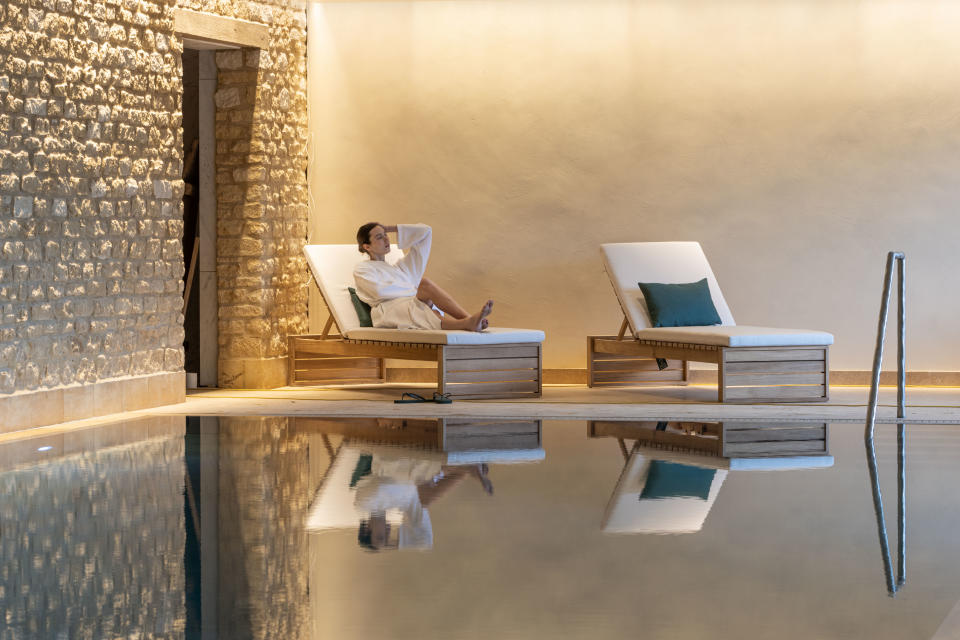
Having started out 20 years ago with the Daylesford farm shop, she now oversees restaurants, cafés, gastropubs, hotel rooms, a cookery school and the new, private Club by Bamford, which the website describes as a “360-degree wellness experience.”
Membership starts at 3,500 pounds a year, with a 1,500 pound joining fee, and is the new status symbol. Sykes says that for some, it’s much “better to be seen in the Bamford club rather than in the Daylesford farm shop.”
She knows what it’s like to be caught on the wrong side of the country tracks. “I was at Daylesford recently — in the hoi polloi part — and someone called out ‘hi!’” recalls Sykes. It turns out that it was Tabitha Simmons and her husband “Topper” Mortimer waving from inside the club, says Sykes.
Where Bamford has gone, others have followed. Hotels, restaurants and experiential retailers have been planting their flags in the rich Cotswolds soil, and catering to the needs of the British, and international, 1 percent.
One “squillionaire” in Sykes’ book is the king of Plugs’n’Stuff, a fictional electrical business that’s just gone public. His wife, Augusta “Tata” Hawkins, is a “Country Princess” locked into a life where houses, hair, and horses have to be in a state of perfection at all times.
“It was aesthetic and social torture,” observes Tata’s long-suffering butler, Ian.
These nouveau types are wreathed in designer fashion and jewelry and aspire to “Marie Antoinette” kitchens, where very little cooking happens (that’s what the back kitchen is for, darling). Sykes reckons these couples are spending at least a million pounds a year on domestic running costs, including fleets of Range Rovers, tractors, horses, grooms, gardeners, quad bikes, “dog shamans,” riding teachers, and private school tuition.
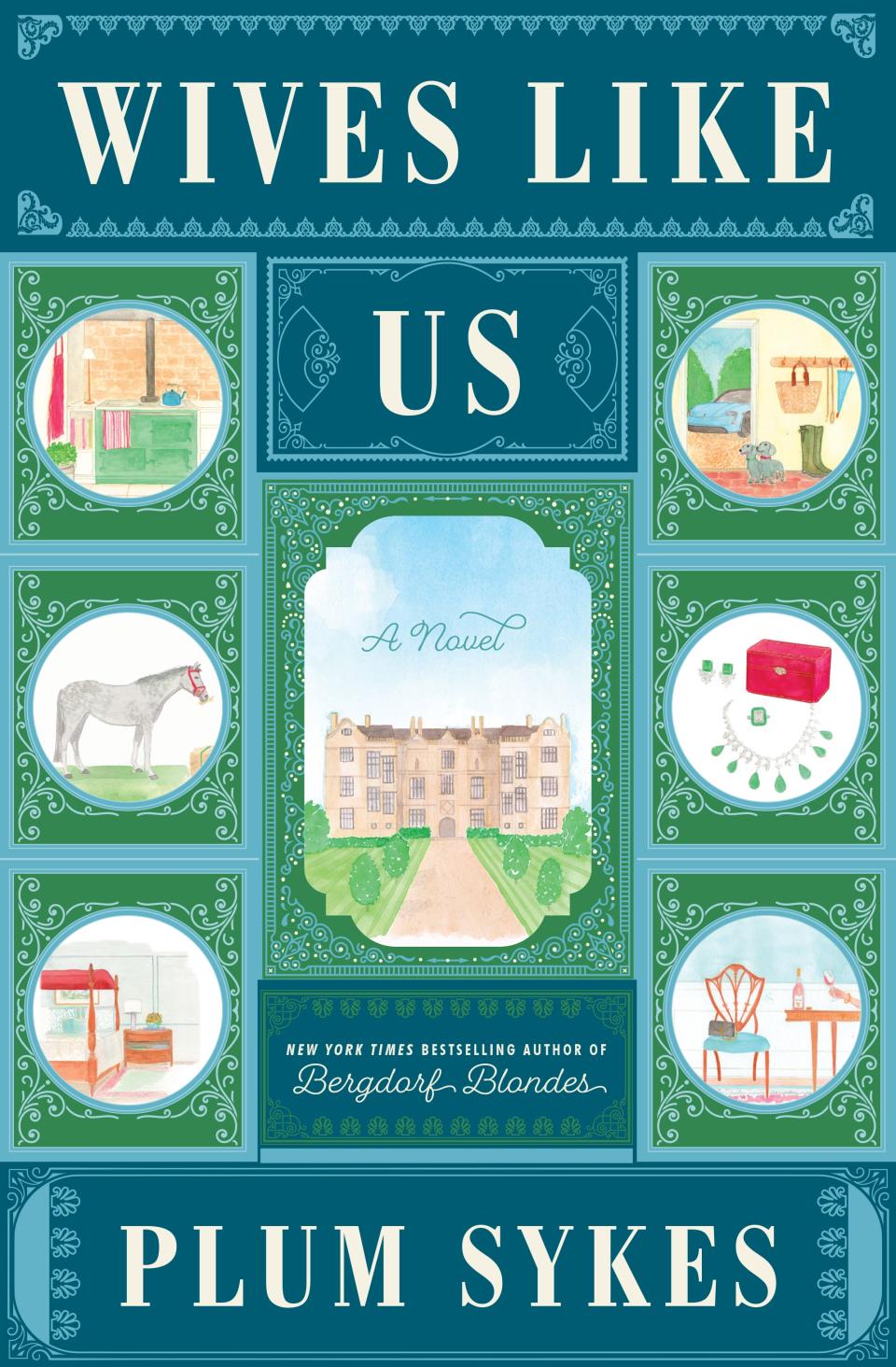
Sykes isn’t alone in witnessing the transformation. “This has been a phenomenal period of change in the Cotswolds,” says Sam Foyle, co-head of the Prime Global Retail team at Savills. “It was always popular with British people wanting a second home, but COVID[-19] has transformed it. It exploded and it just hasn’t stopped.”
Foyle, who grew up in the Cotswolds, says people decamped to their weekend homes during the pandemic — and stayed. Why not? The area is brimming with great state and private schools, and the kids can grow up riding ponies in the open countryside.
Foyle believes the area is becoming a “Hamptons for the British,” and says affluent Americans are also looking for property — and the luxury brands are following them. Property in the Cotswolds is especially prized because of the limited housing inventory: 80 percent of the area is farmland, and building is restricted.
It was Foyle who worked with Gary Friedman, the billionaire chairman and CEO of RH (formerly Restoration Hardware), to secure the brand’s new Cotswolds outpost, a 400-year-old estate designed by Sir John Soane called Aynhoe Park.
The mansion is made from the famous honey-hued Cotswolds limestone, which the ancient Romans used for walls and buildings when they ruled Britannia.
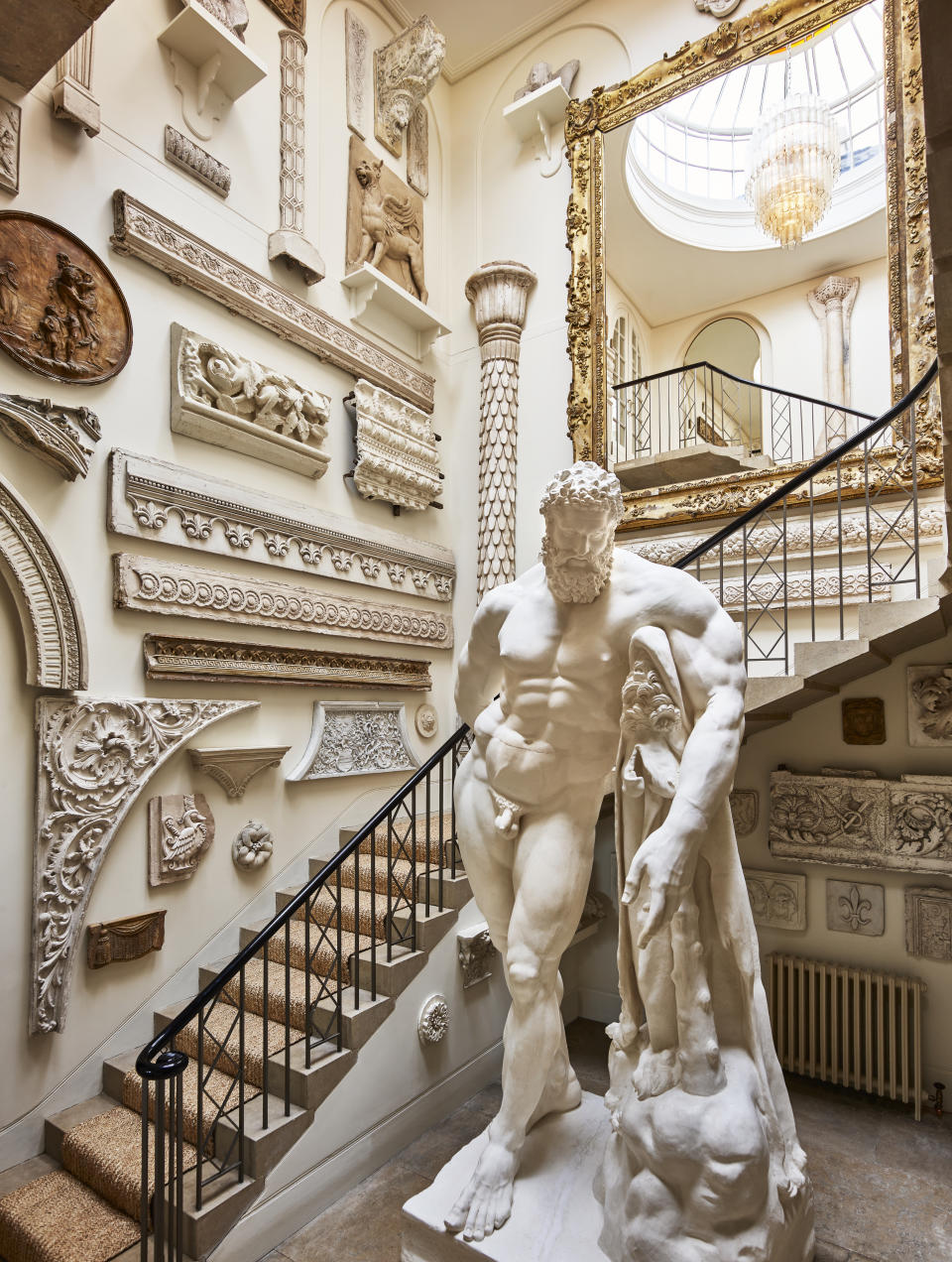
Aynhoe Park boasts gardens by the 18th century designer Capability Brown, and interiors by RH, along with three restaurants, a wine lounge, tea salon, and juicery. RH is planning to open a sister space in London’s Mayfair later this year.
The new wave of openings includes Estelle Manor, a country house hotel and members’ club set on an 85-acre estate in Eynsham Park, Oxfordshire. That, too, has three restaurants. One is called The Billiards Room, and serves traditional Chinese food, like one would find in London. It also has a private sister club, Maison Estelle, in Mayfair.
Freud, meanwhile, has opened Bull — A Coaching Inn in Burford, not far from the Camerons in Chipping Norton. It’s a country hotel that also offers creative pursuits such as beekeeping, and sushi roll making. The Japanese omakase restaurant is headed by Hiromi Wada, a female sushi master.
The locals are amused — and embracing some of the bling.
Amanda Brooks, former fashion director of Barneys New York whose shop Cutter Brooks is a hot destination in Stow-on-the-Wold, says she loves what Carole Bamford has done.
“Daylesford became a magnet when it opened here. For a New Yorker, it was like having Dean & Deluca open near your country house,” she says, adding that it gave some locals a sense of security knowing they could live in the countryside and still have their creature comforts from the city.
At the same time, Brooks has a deep connection to the old Cotswolds. She’s lived there for decades with her artist husband Christopher on his family’s farm, which she says hasn’t changed much over the years.
“We live in our little corner of the world and it’s still so rural. We have a beautiful garden and animals and if you arrived on the farm blindfolded, you’d think it was the 1930s — it hasn’t really changed since then. We’re living a bucolic English country life,” says Brooks.
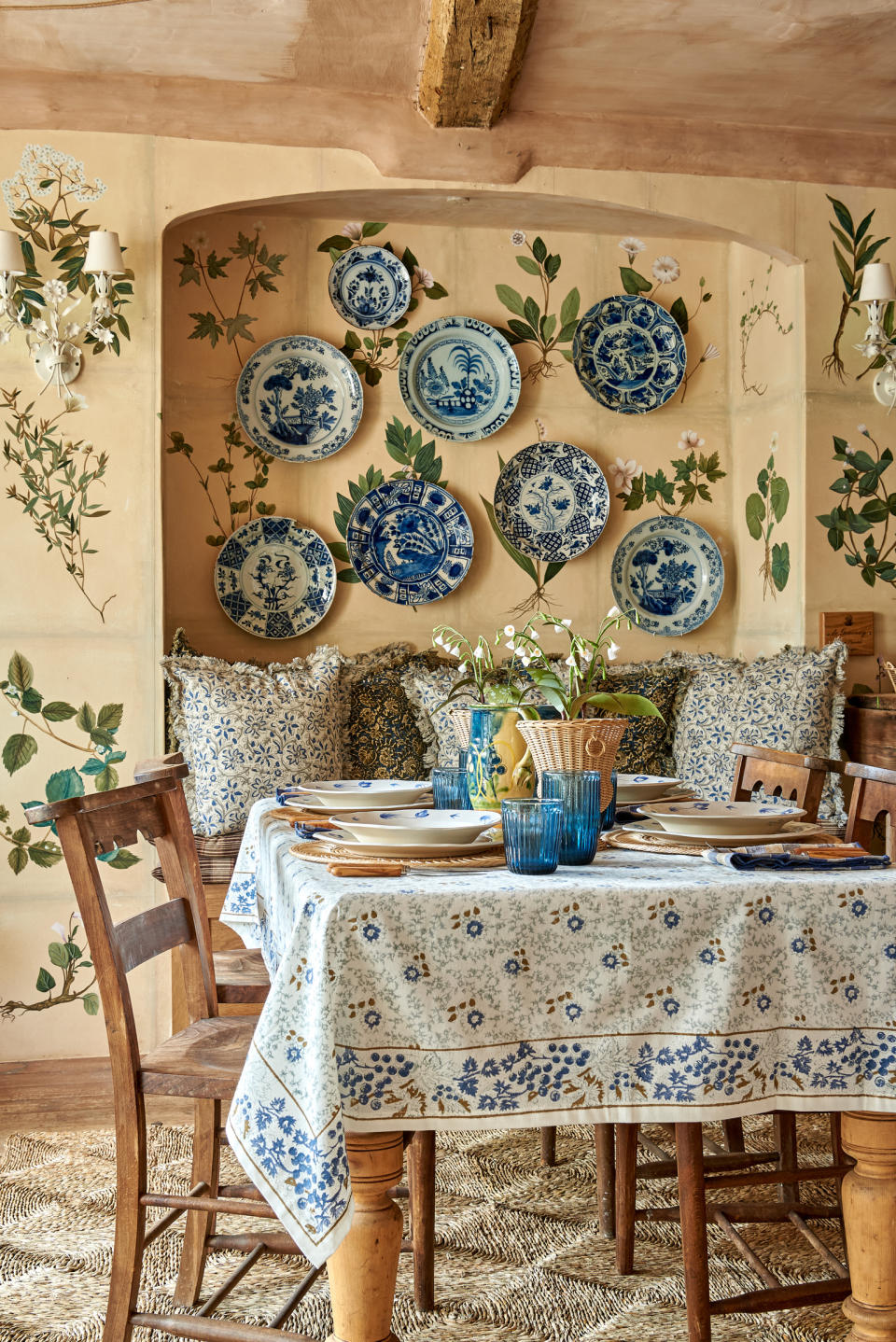
“We do see all sides. Sometimes my husband will drive past our local pub on a Friday night and there will be eight black Range Rovers outside — all matching, and all the latest models,” she adds.
Brooks caters to a diverse bunch at Cutter Brooks. She feeds the fashionistas, stocking brands such as Ulla Johnson, Le Monde Beryl, Dôen, and B Sides Denim as well as clothing and accessories handmade in India.
She also stocks an array of tableware in kaleidoscopic colors and specially made souvenirs — tote bags, candles and napkins — for the many tourists passing through town.
Like Brooks, interiors and fashion designer Luke Edward Hall has been observing the changes in the Cotswolds, and keeping things real.
“A lot of people equate the area with a certain type of aesthetic or lifestyle, but the Cotswolds is actually very layered. It covers a huge area, and there is so much going on,” says Hall.
“There are some pretty smart places, but there are also plenty of wonderful, small new businesses opening, and older ones thriving — places full of heart and soul. I’m thinking of Chloe’s, a deli and café in Charlbury [near Chipping Norton], and The Straw Kitchen, a café in Whichford,” Hall says.

Alice Sykes, one of Plum’s sisters, is another Cotswolds dweller who looks at the area in its 360-degree glory. She moved to Hook Norton from London with her family more than a decade ago and hasn’t looked back. She says she wanted her children to grow up like her — in the countryside, and riding horses.
Her mornings are spent wild swimming in the rivers and ponds with her local friends and, like Hall, she’s also a fan of The Straw Kitchen. She loves “the artistic vibe, the natural life, and the fact that life is so community-minded.”
Like Brooks, Sykes is looking to satisfy the locals’ love of fashion. She and her colleague Lucy Russell host “salons” on behalf of British brands and designers including Anna Mason, Marfa Stance, Herd, Olivia Morris At Home, Reluxe Fashion and Navygrey.
They invite around 20 customers for lunch and a look at the latest collections. “There are so many different groups of working women who come — they’re from school, they’re yummy mummies, there’s even a judge,” says Sykes.
She says there’s a dearth of shops in the area, and no parking in Oxford, so it’s not easy for these women to get a fashion fix. “Plus they’re busy with work, kids, horses. Here, they can pop in, have lunch, meet the designer, and make a purchase,” she says.
Alice Sykes holds similar fashion moments in the Hamptons, where she takes the British brands to U.S. customers. Although her Hamptons garden parties may resemble the Cotswolds events, her experience could not be more different.
“The Hamptons is another world. It is the Cotswolds on steroids — so polished, shiny, and very, very rich,” says Sykes, adding that the Cotswolds feels more real.
It’s also less expensive. Sykes finds it amusing that when she organizes the Cotswold salons, she can rent trestle tables for around 2 pounds each. She puts the money in an honesty box at the village hall. By contrast, in the Hamptons it costs hundreds of dollars for a few trestle tables — and they’re coming from events companies, rather than the village hall.
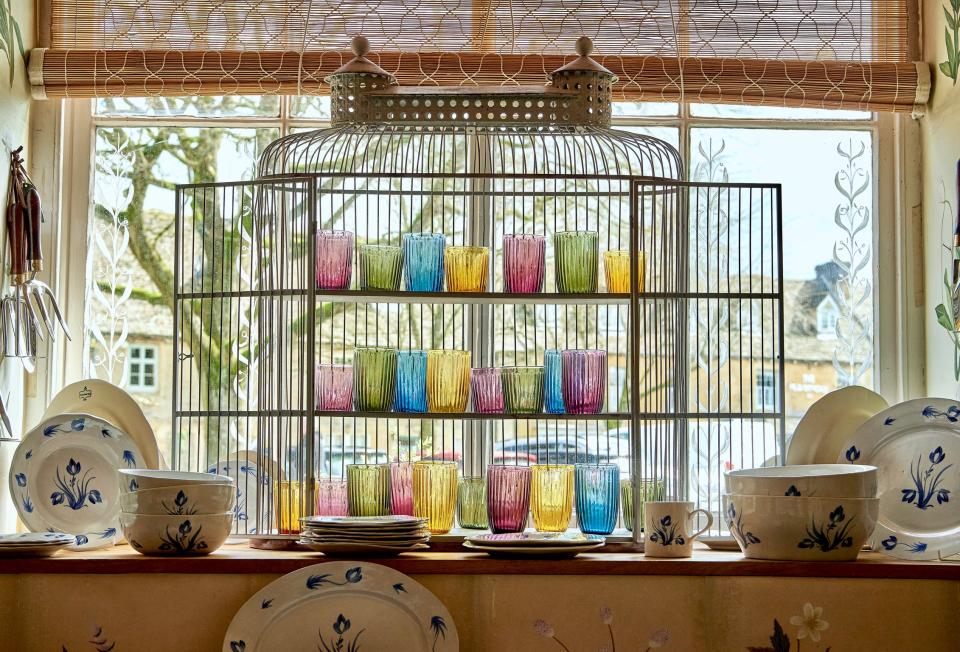
Brooks wonders whether the Cotswolds is moving in that same direction, given the waterfall of new wealth.
“We’re never going to be East Hampton — I can’t picture that. But there has been a huge influx of wealth and because you can’t build here it means that existing, authentic houses are going for triple their market value,” says Brooks.
Recently, she saw “a sweet house on the edge of a local village” sell for 8 million pounds, after it went on the market for 3 million pounds. Another house priced at 8 million pounds ended up selling for 20 million pounds.
“I just slightly worry that you price out the creativity — and then everything becomes monopolized and branded,” she says.
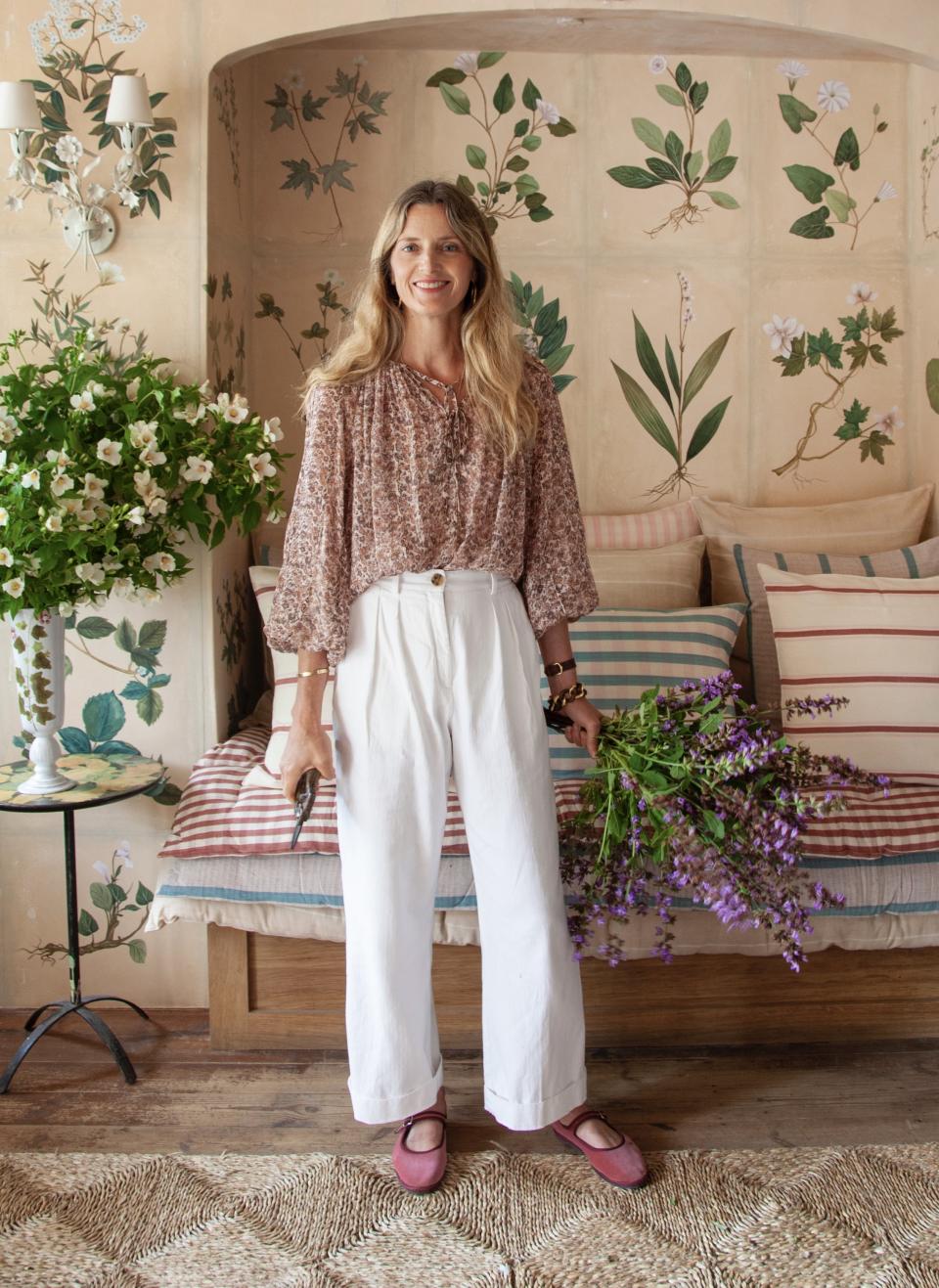
Some would argue there’s room for everyone. The Cotswolds covers 800 square miles, and not all of them have been taken up by the “Country Princesses” of Plum Sykes’ book — at least not yet.
“The old money is dwarfed by the new, new money,” says Sykes, who agrees the Americans have fallen particularly hard for the Cotswolds. “For them, it’s the fantasy version of the English countryside — but with a sushi restaurant, or a padel court at the Bamford Club.”
Foyle of Savills estate agents believes the arrival of RH at Aynhoe Park could open the floodgates to more luxury names opening spaces in the Cotswolds. “Gary sees things earlier than anyone else, and he saw his customers moving out there” so he went to meet them, says Foyle.
Range Rover recently did a 10-day, by-invitation-only, brand event with Daylesford Organic. It may only be a matter of time before Louis Vuitton, Gucci and Cartier follow.
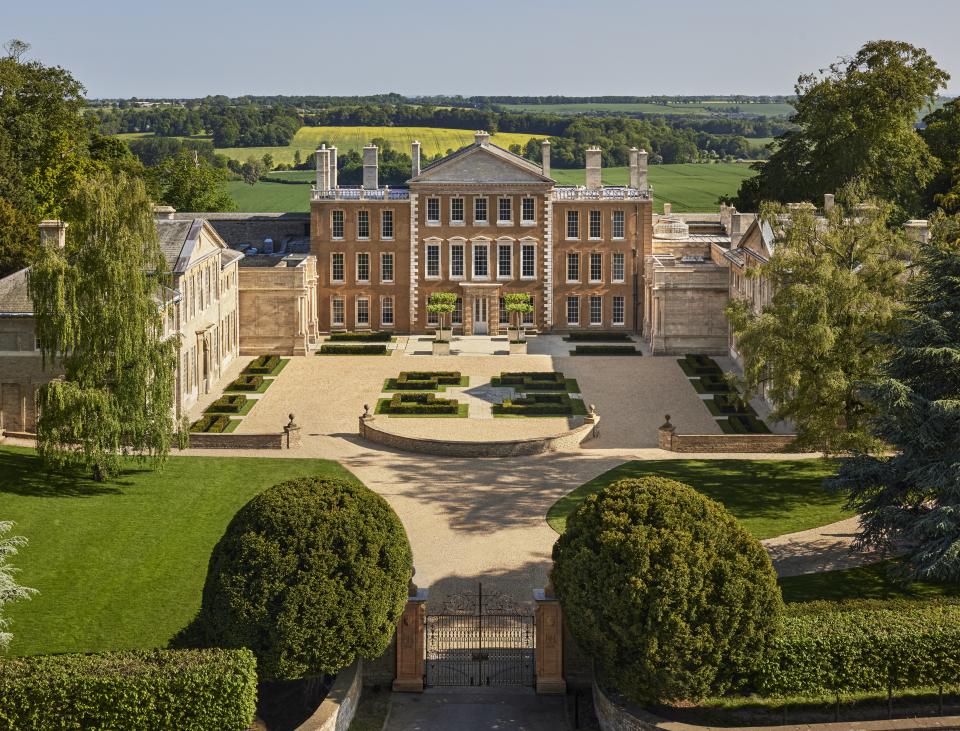
Best of WWD

